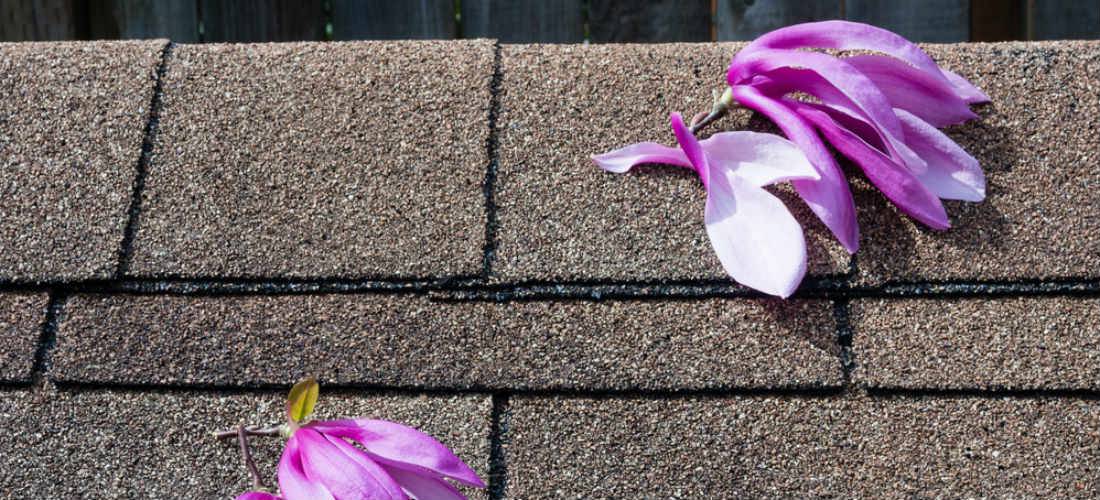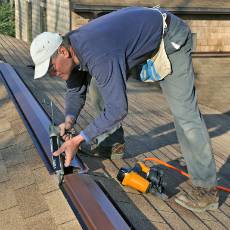Your guide to purchasing and installing vented roof ridges for your asphalt shingle roof
If you are considering replacing your roof, you should consider including a vented roof as part of your project. Vented roof ridges offer homes an added layer of protection from moisture and structural damage. There are, however, several things to consider when taking on this type of roofing project.

Vented roof ridge Vented roof ridges provide your home with balanced ventilation. This prevents moisture from building up in your home, even during the cold winter months. Some common practices that can create moisture buildup:
- Running the dishwasher
- Using the washing machine and tumble dryer
- Taking hot showers
- Using humidifiers
Without a properly ventilated attic, this moisture can damage your roof, insulation and roof-supporting structures. Moisture that becomes trapped in the home can result in mildew and rotting, which may lead to costly repairs. This is why most roofing contractors will recommend vented roof ridges as part of a residential roofing project.
Your roofing contractor will be able to help you to determine how much ventilation is needed for your home. This is typically determined by calculating the amount of intake and exhaust needed to facilitate the flow of humid air out of your home and the intake of cool air. Proper calculations are essential to this type of roofing project. If the calculations are off, you may end up with more moisture in your home, not less. However, when installed properly, vented roof ridges can eliminate the need for a powered roof vent in some cases.
 You can install asphalt roofing shingles as the first step of your project, just as you would normally. However, you will want to install the roof ridges before adding your cap shingles. This is because your vented roof ridges will be installed at the peak of your roofline. Cap shingles are the last item to install in your roofing project. If you don't want to replace your roof, you can still add vented roof ridges. Your contractor will simply remove the cap shingles and wood sheathing from your roof, install the new ridges and then install new cap shingles. There is no need to replace any of your existing 3-tab shingles or hip and ridge shingles for this type of project.
You can install asphalt roofing shingles as the first step of your project, just as you would normally. However, you will want to install the roof ridges before adding your cap shingles. This is because your vented roof ridges will be installed at the peak of your roofline. Cap shingles are the last item to install in your roofing project. If you don't want to replace your roof, you can still add vented roof ridges. Your contractor will simply remove the cap shingles and wood sheathing from your roof, install the new ridges and then install new cap shingles. There is no need to replace any of your existing 3-tab shingles or hip and ridge shingles for this type of project.
Ridge vents should fit securely under your cap shingles, so the finished look of your roof will not be any different than that of a roof without ridge vents. While a whole new roof can help improve the look of your home, adding vented roof ridges can help improve its value.
Adding vented roof ridges provides protection for your home that an unventilated roof can't offer. Ask your contractor to put together a roofing estimate for you that includes your basic roofing costs. The estimate should factor in the cost of vented roof ridges and asphalt shingle prices, as well as including the costs of labor and any additional materials that may be needed. Be sure to ask whether or not the vented roof materials that you choose come with a roofing warranty. You can also use the QualitySmith service to help you find the right products for a vented roof project.













Write a Comment